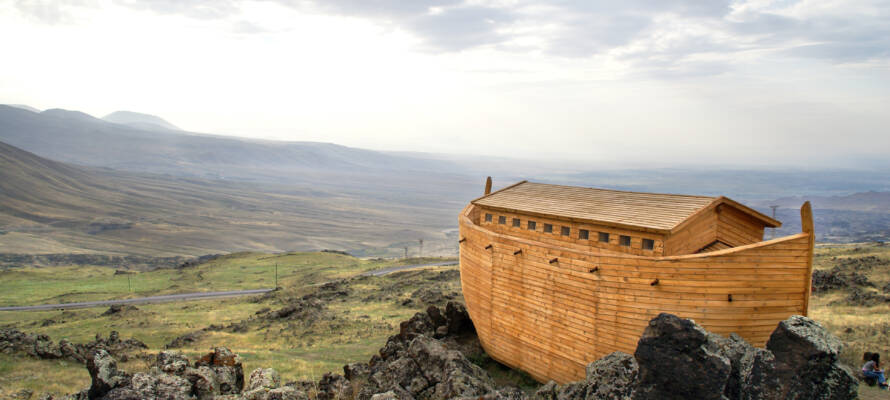According to British Museum Curator Irving Finkel, the term ‘parsiktu’ appears in only one other known cuneiform tablet, which describes the Babylonian version of the ark built by Noah.
A breakthrough in decoding a 3,000-year-old Babylonian clay tablet may have revealed directions to one of history’s most legendary vessels.
British Museum researchers studying the Imago Mundi, an ancient world map discovered in modern-day Iraq, have uncovered compelling evidence linking the artifact to the biblical story.
The palm-sized clay tablet, discovered by archaeologist Hormuzd Rassam in 1882 in the ancient Babylonian city of Sippar, features cuneiform writing on both sides and an etched map.
Writing above the map describes the creation of the Earth, while the map itself provides an aerial view of Mesopotamia. Surrounding ancient Mesopotamia is a double circle labeled the “Bitter River,” which the Babylonians considered the boundary of their known world.
Beyond this border, eight triangular shapes indicate distant mountains and unexplored lands.
Researchers think the back side of the tablet acts as a guide for any explorer considering a journey beyond the Bitter River, telling of exotic lands filled with giant birds and trees bearing jewels instead of fruit.
Strikingly, one inscription describing one of these mysterious realms bears a striking resemblance to the biblical tale of Noah’s Ark:
“Seven leagues…to see something thick as a parsiktu-vessel.”
According to British Museum Curator Irving Finkel, the term ‘parsiktu’ appears in only one other known cuneiform tablet, which describes the Babylonian version of the ark built by Noah.
“In this circular diagram, you have captured the entirety of the known world, where people lived, thrived, and perished,” Finkel tells Explorer Web. “It shows that from the Babylonian point of view, this was a matter of fact. That if you did go on this journey, you would see the remnants of this historic boat.”
